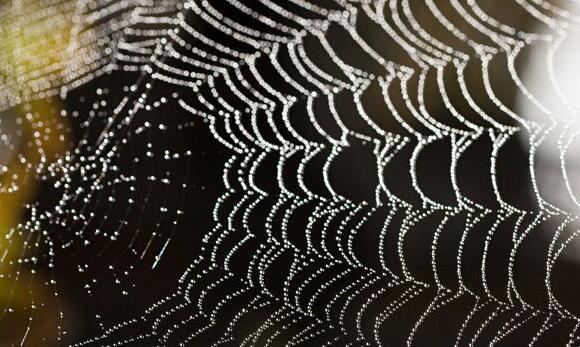Listening to a Spider’s Web
The sound is strange and not of this earth.
Let's listen.
But this sound is very much of this earth. That is what a spiderweb sounds like. Well, that is what a mathematical model of a spiderweb sounds like.
Markus Buehler is an engineering professor at the Massachusetts Institute of Technology (MIT). He said from communicating to building, spiderwebs offer much information about their creators.
He explained to Reuters that spiders use "vibrations as a way to communicate with the environment" and with other spiders.
He said, "We have recorded these vibrations from spiders and used artificial intelligence to learn these vibrational patterns. Buehler then explained the scientists connected those patterns with certain actions, "...basically learning the spider's language."
Buehler and his researchers created 3D models of spiderwebs when the spiders were doing different things -- such as making and repairing their webs as well as hunting and feeding. They then listened for patterns in the spider signals and recreated the sounds using computers and mathematical processes.

"Spiders are a whole different animal," said Buehler. He explained they can hear and see things that we cannot with our human ears and eyes. So, by using science and math to turn vibrations into music, we begin to experience and better understand the world of the spider.
Buehler hopes his team's work could help humans to understand the language of a spider and one day communicate with them.
The music, said Buehler, is what "... the spider would also experience. And so, we can begin to feel a little bit like a spider in that way."
There are more than 47,000 kinds of spiders. They all create these webs to provide housing and catch food. Scientists say silk, the material created to from a spiderweb, is five times stronger than steel.
Buehler said that understanding the living structure of a spiderweb could lead to improvements of man-made materials and structures.
I'm Anna Matteo.












